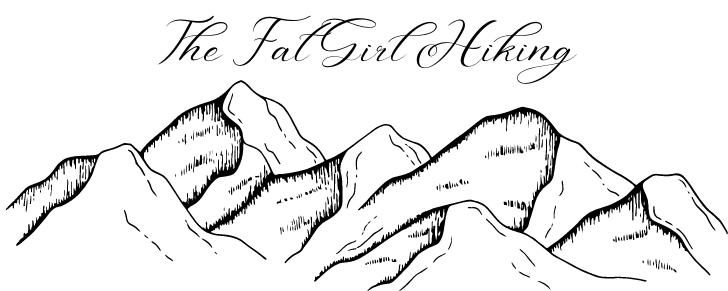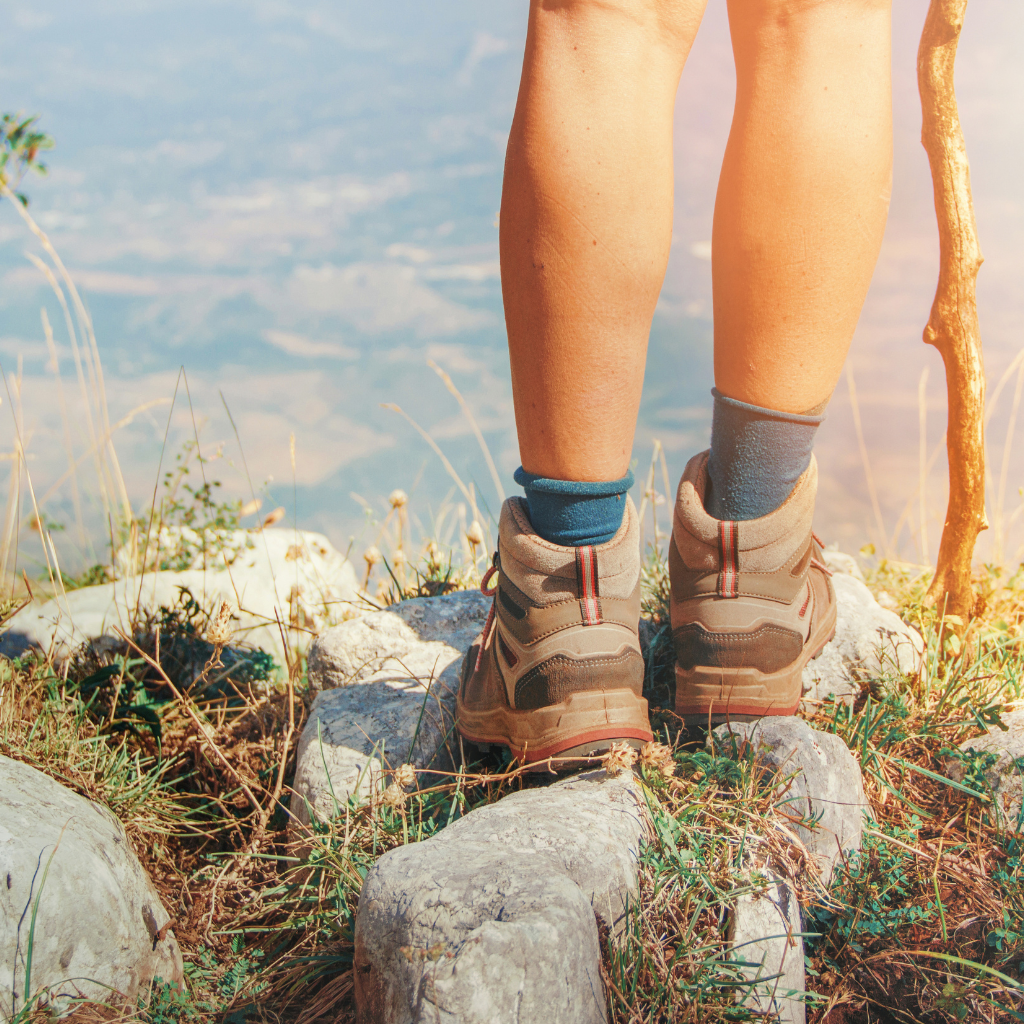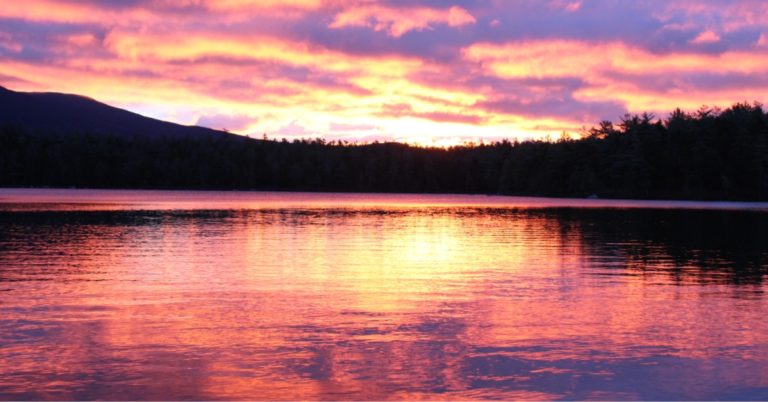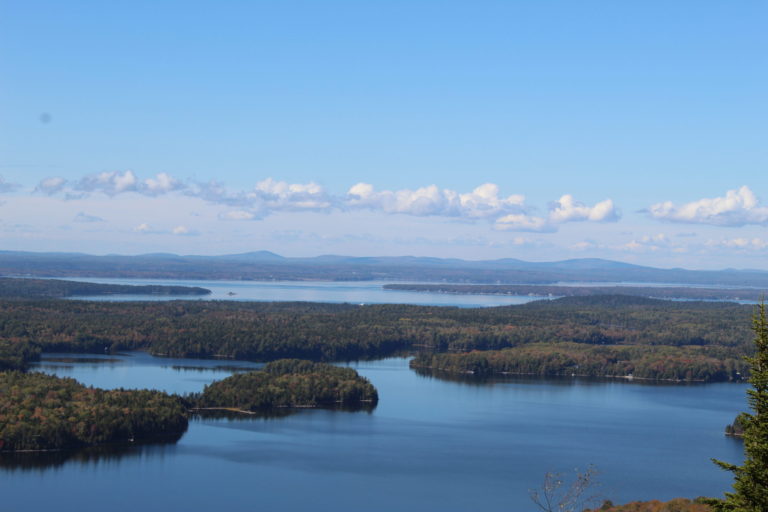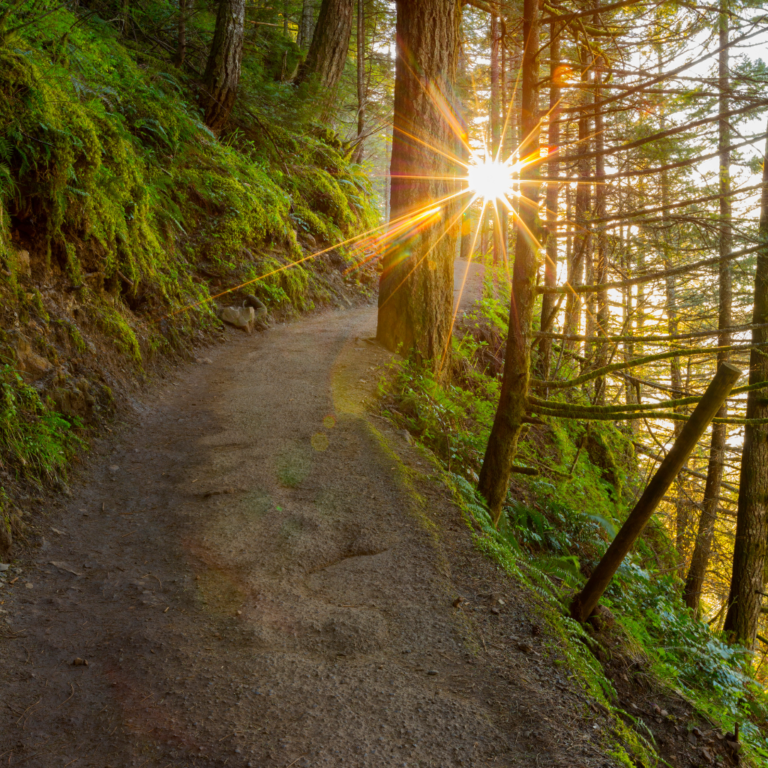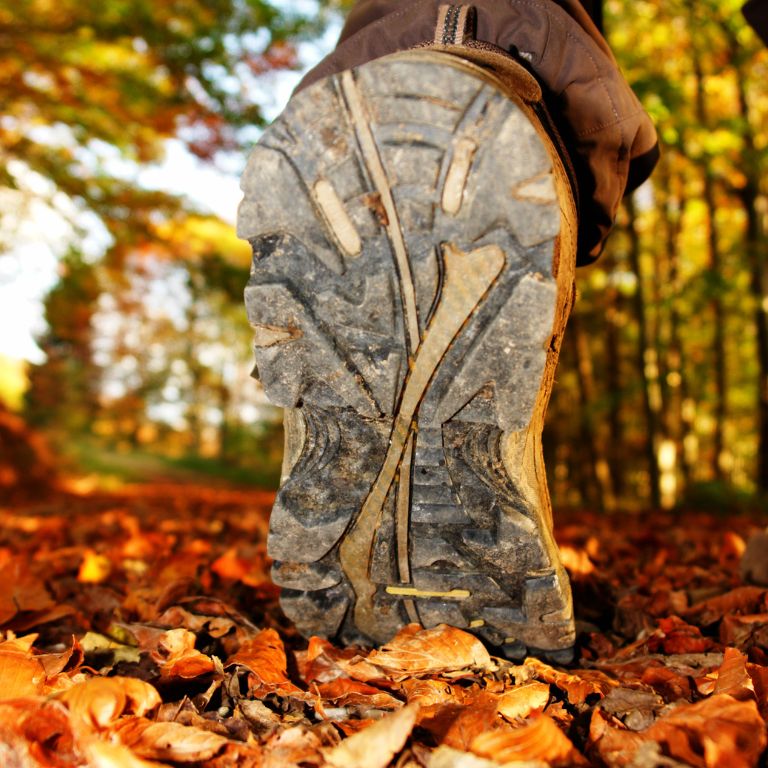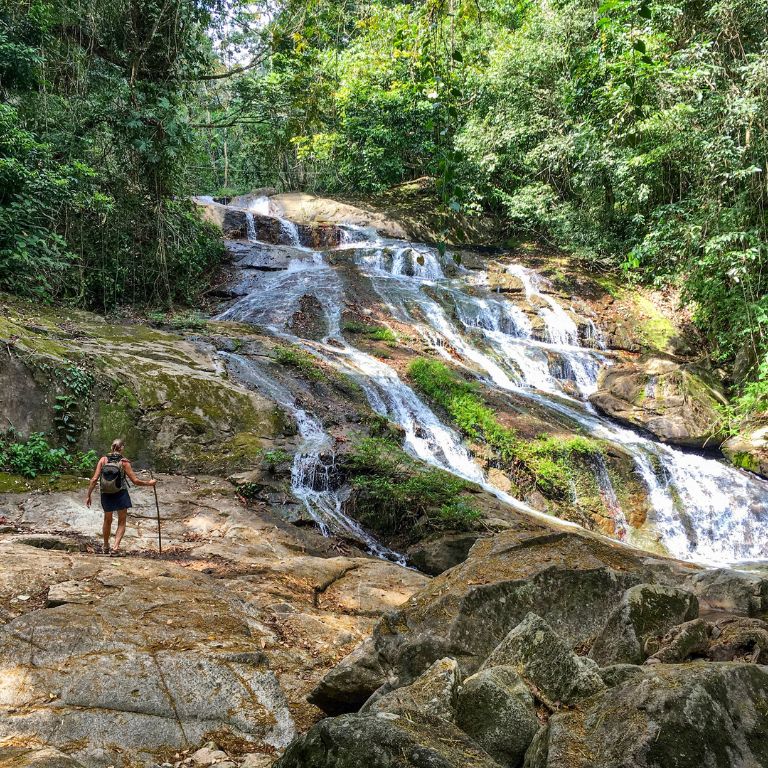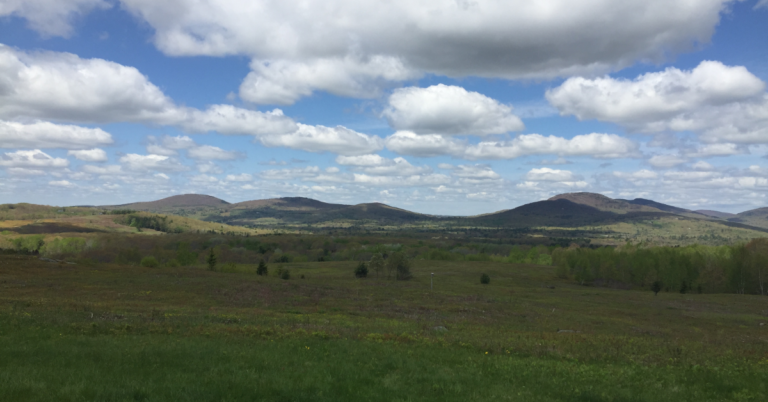What Muscles Does Hiking Work And Build In The Legs?

So you are new to hiking and want to know which muscles you are working while hitting the trail.
Hiking is an incredible activity that works a variety of different muscles in your body. When I first started researching hiking, I already knew it was going to be beneficial for my overall health. One thing I really wanted to learn was what muscles does hiking work and how would it benefit me. When I actually got out there and experienced the burn of my glutes and quads while climbing up steep terrain, I was really sold on the idea!
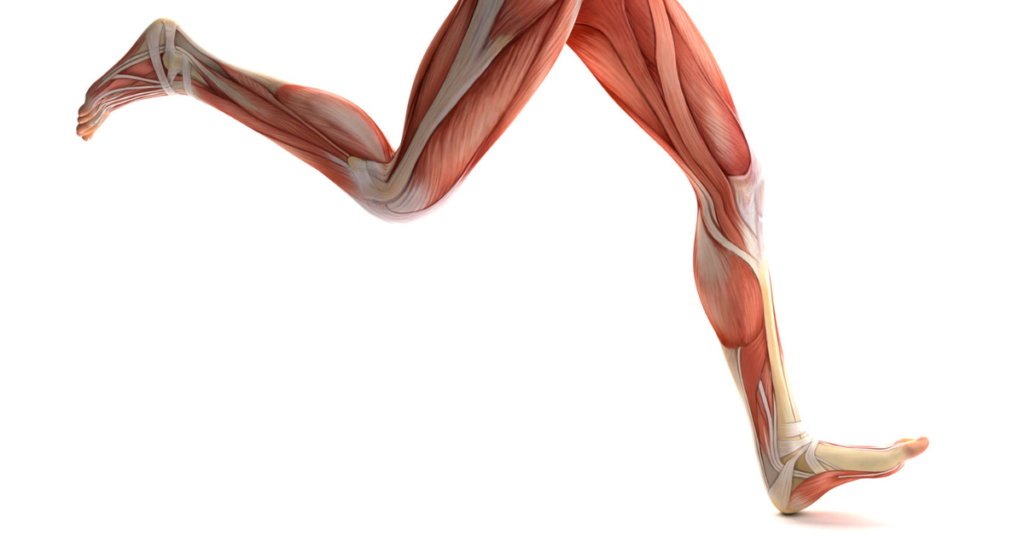
It’s not just me either. Many other hikers have reported feeling these same muscle benefits from their hikes, and trust me, they’re real! Speaking with other beginner hikers who were curious about the health benefits of hiking has made it clear how important having a functioning body is to this activity. As much as hiking benefits your physical well-being. It also rewards your mental health with mental clarity and relaxation like no other exercise can provide.
What Muscles Does Hiking Work Exactly?
When hiking, you work multiple leg muscles, including quadriceps and calf muscles. Going up hill, your quadriceps bear the brunt of the effort since they are responsible for straightening your knee joint. Going down hill, you’ll notice more strain on your calf muscles as they work to slow and control your descent. You’ll also work your gluteus maximus when descending, helping you maintain good posture and stability. Additionally, your hamstrings help to stabilize both movements by controlling hip flexion. When taken together, these leg muscles help maximize balance and efficiency in each stride.
No matter your fitness level, hiking is a great way to increase cardiovascular endurance. Plus it will build muscle strength by working different muscle groups. When done correctly, it can be a powerful tool for weight loss or weight management, in my case, as well. Furthermore, the fresh air and stunning scenery of nature can help with stress relief and relaxation. So don’t hesitate to get out there and hit the trails! You’ll be glad you did.
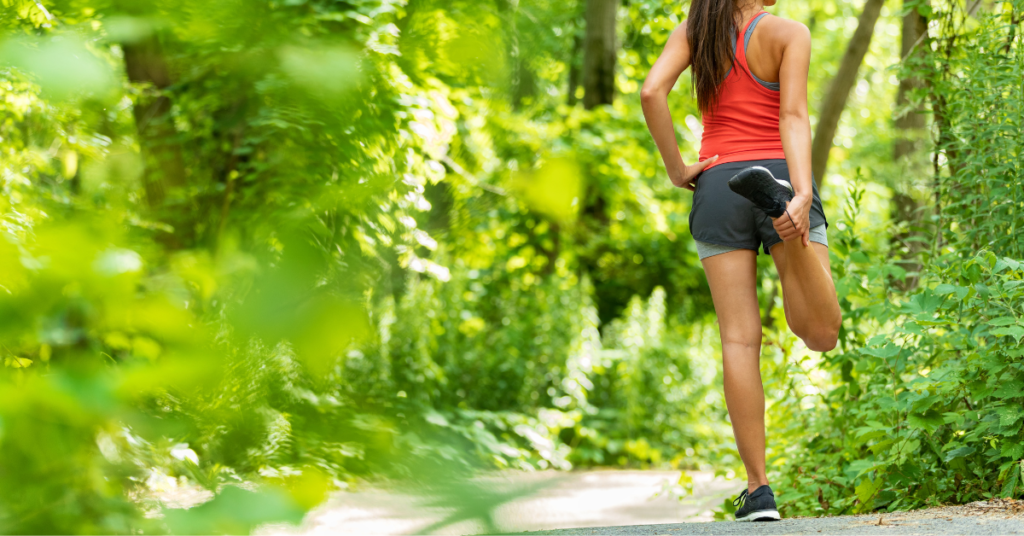
Don’t Forget To Stretch
For me, the most important part of staying safe and injury-free is getting your body ready for the activity. You want to make sure your muscles are warmed up and flexible before heading out. Specifically, focus on stretching your hip flexors, quadriceps, calves, hamstrings, and glutes. In addition to stretching, I recommend incorporating a few simple exercises into your pre-hike warmup routine. These can include things such as squats, lunges, and the ever popular high knees. These will help you get your body in motion before hitting the trails.
Finally, once you’re out on the trail make sure to practice good form by keeping your chest up and body aligned, and engaging your core muscles. This will ensure that you have enough stability while traversing uneven terrain. Plus, it will also help to prevent any potential injuries caused by poor posture or misalignment, especially in your lower back.
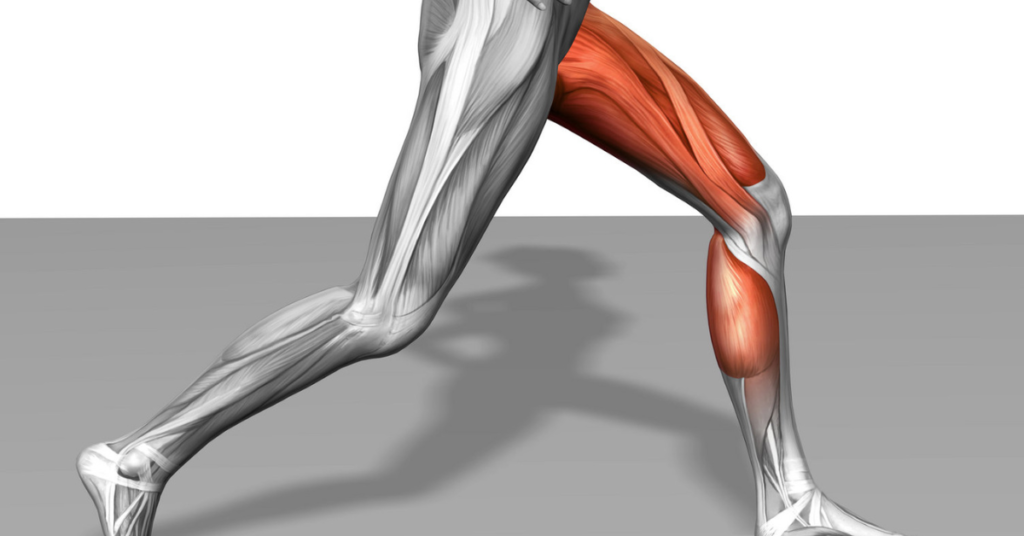
The Quadriceps
The quadriceps muscles are some of the biggest and strongest in your body. They are located at the front of your thigh, are an essential part of hiking. They are responsible for straightening and extending your legs as you traverse trails. Beginner hikers should think about strengthening their quadriceps muscles in order to make their hikes more efficient and enjoyable.
When hiking, it’s important to remember that your quads are responsible for pushing your body forward. A good technique is to push off from your toes instead of just walking flat-footed. This will help engage the quadriceps and give you better propulsion with each step.
A great way to develop strong quads when not on the trail is by doing body weight exercises. You can do things such as squats, lunges, wall sits, and step-ups. These exercises can be done at home. Additionally, a good warm up before starting a hike is key to preventing injury. It can also help build muscular strength over time.
Overall, developing strong quadriceps muscles is essential for beginner hikers looking to get the most out of their time in nature. With proper preparation and practice, you’ll be able to enjoy longer and more rewarding hikes with confidence.
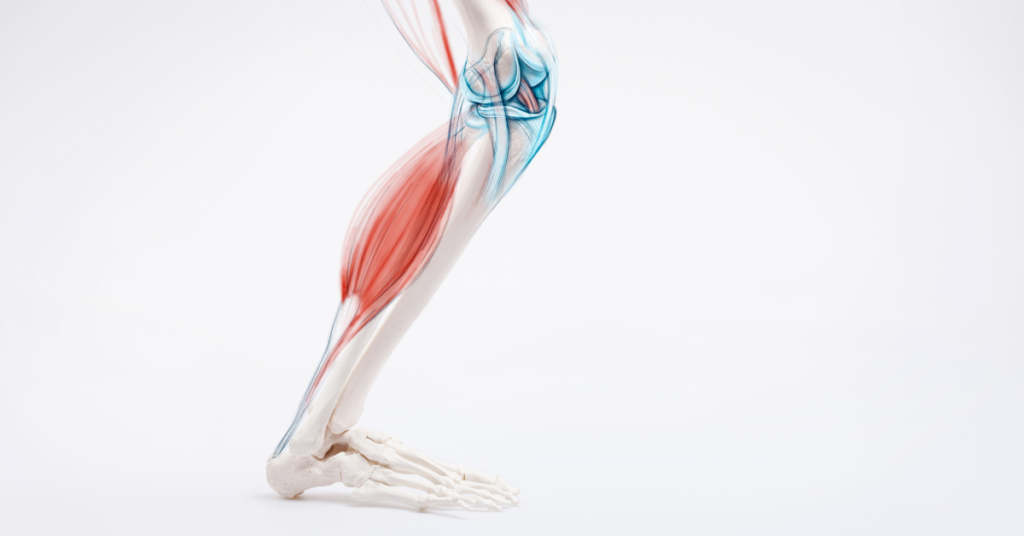
Your Calf Muscles
Hiking requires strength and endurance in your calf muscles. These are the large muscles located at the back of your lower leg. When hiking, it is important to remember that you should use the correct form in order to optimize your calf muscles while on the trail. Beginner hikers should strive to put their feet flat on the ground with each step. And remember not to lock their knees when walking uphill, downhill or on flat terrain. Additionally, make sure to keep a steady pace and avoid taking too large strides. This will help ensure that your calves receive an even amount of stress throughout your hike.
It is important for hikers to take regular breaks during their hikes and great option to do some calf stretches. This can help prevent muscle pains and cramps from occurring later on during your hike. During these breaks, perform exercises such as rolling out your calves with a tennis ball, calf raises, and heel drops. Doing so can help reduce any tension that has built up in your calves before it causes you pain or injury.
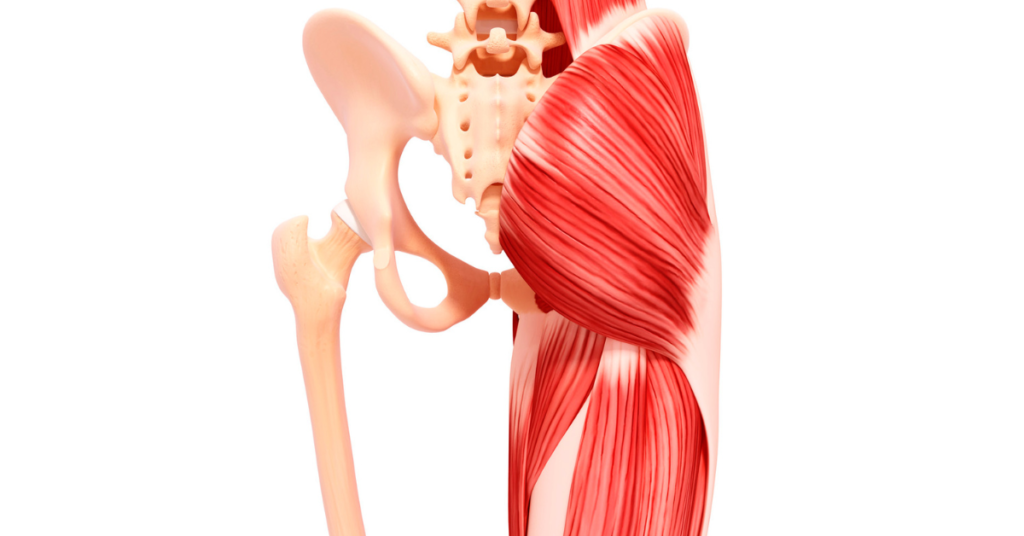
What Is Your Gluteus Maximus Muscle And How Does Hiking Work It
Hikers of all levels of experience can benefit from exercising their glutes. The gluteus maximus, or glutes, are located in the hip and buttocks area. This buttock and hip muscles main responsibility is to help more your hip and thigh.
For beginner hikers, it is especially important to focus on engaging your glutes as you hike. This will help to prevent injury and build strength and muscle mass so that your future hikes might be easier. When hiking, start by focusing on shifting your weight back, but not so far back that you fall backwards, to engage your glutes with each step you take. This will ensure that they are doing the majority of the work instead of other muscles in your legs that may become fatigued more quickly. The best way to prevent strain is to alternate which leg you lead with every few steps to distribute the effort evenly between both sides. This is especially important to do when you are going uphill. Additionally, make sure to keep your stride length consistent and natural while hiking.
By actively engaging your glutes while hiking, beginners can increase their strength, muscle growth and endurance over time and decrease their risk for injury due to an improper stride or lack of support from weak muscles.
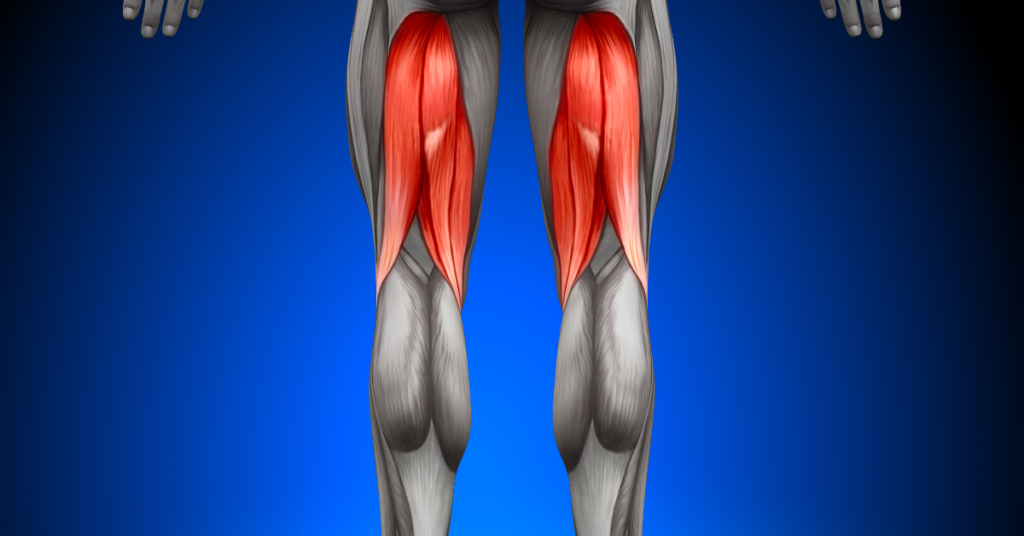
The Hamstring Muscles
Your lower body muscles, including your hamstrings, are particularly important for providing the energy and balance necessary to navigate uneven terrain.
For beginner hikers, learning how to engage their hamstring muscles during a hike can make it much easier. Hamstrings are located at the back of your thighs and help you extend or bend your knee joints as you take each step forward. When you’re hiking up an incline, engaging your hamstrings helps provide extra stability so that you don’t slip or stumble. It’s important to remember that even though they help you move forward, they should not be overly stretched as this could cause injury.
In general, when hiking uphill with a heavy backpack, it’s best to contract and engage your hamstrings gradually while making sure there’s no strain on them from over-flexing. Conversely when going downhill with a light pack, having more relaxed hamstring muscles allows for greater range of motion so you can move faster and more freely with less effort.
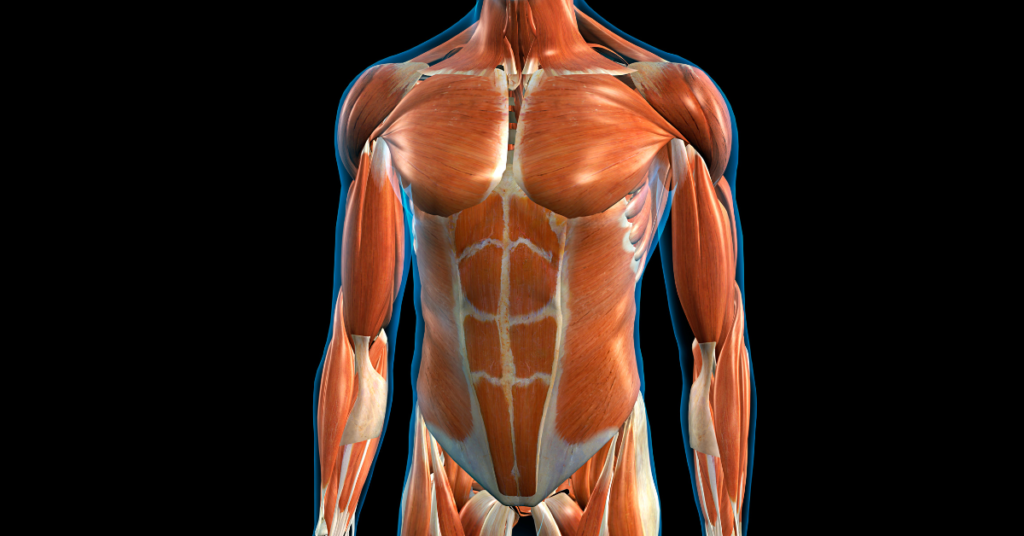
Aside From The Lower Body What Other Muscles Does Hiking Work?
Hiking is a great way to strengthen not only your lower body muscles but your upper body muscles. Hiking works your entire body making it a great exercise for a full-body workout. When hiking, your shoulders and arms help your body forward, while also working to stabilize you while hiking over uneven ground and rough terrain. It can also help you gain better control of your core muscles and back muscles as you balance and adjust your body during hikes. This makes it a great workout to help in building muscle. Plus, the incline of a steep hill can add an additional challenge that helps in toning arm and shoulder muscles even more.
If it’s your first time hitting the trails, make sure you start off with easier terrain until you get a feel for the activity. Trail or speed walking on flat level ground is a great way to get started as it’s lower impact and still offers some resistance training benefits for beginner hikers. As you get more accustomed to it, increase the intensity of your hike difficulty by adding in uphill hiking or varying terrain. With regular practice, your upper body will soon become stronger and more toned from all that hiking!
Hiking uphill or what we refer to as hiking an incline does work different muscles than hiking downhill or descending. Because of this it can feel like you are getting a completely different muscle groups workout depending on the direction you are hiking.

What Core Muscles Does Hiking Work?
Hiking is also a great way to work on building strong abdominal muscles. Hiking on moderate terrain with the extra weight of your pack will make your abs engage in order to help you stay balanced and support your bodyweight helping to build a strong core. Additionally, as you hike up hills and inclines, focus on keeping your lower back in alignment and engaging your core muscles for better posture.
For an extra challenge, try taking on more difficult hikes with steeper terrain, which can help tone and strengthen your abdominal muscles more quickly. Even if it may be difficult at first, don’t forget to take frequent breaks and remind yourself that consistency is key in seeing results!
Conclusion
When you ask what muscles does hiking work? The answer is a whole lot! Hiking is a good workout if you are looking for something fun instead of going to the gym. You are able to work major muscle groups all while spending a quality time in nature! And because you are burning so many calories while hiking you can reward all your hard work with cake!
